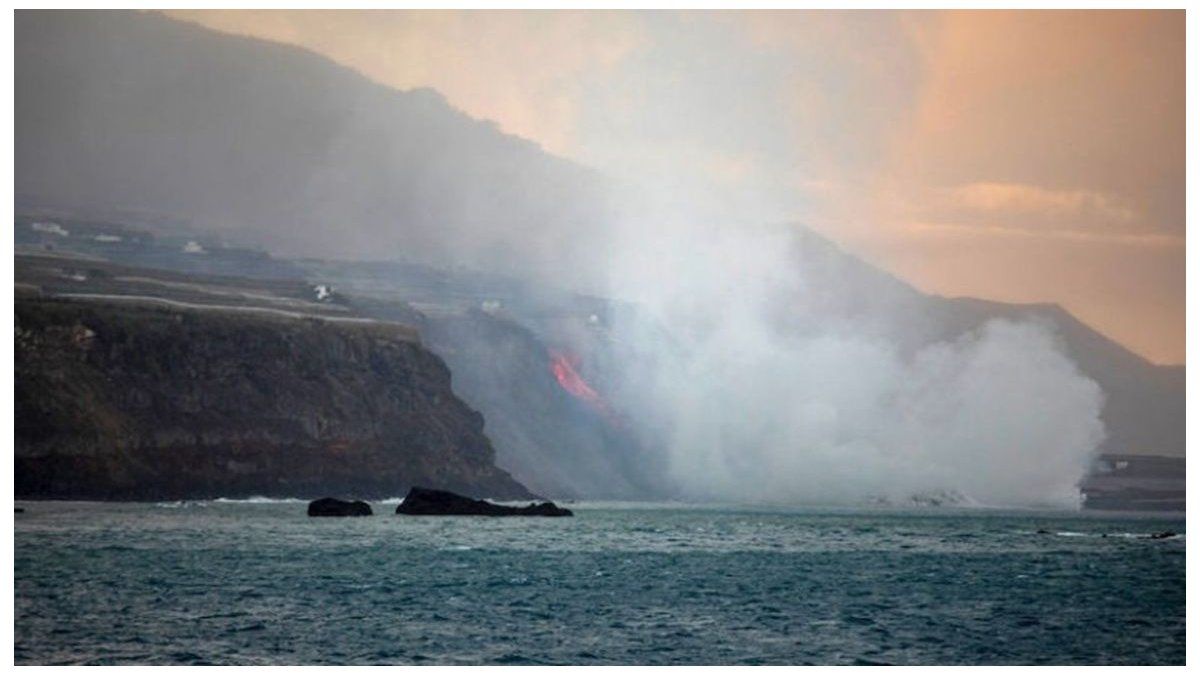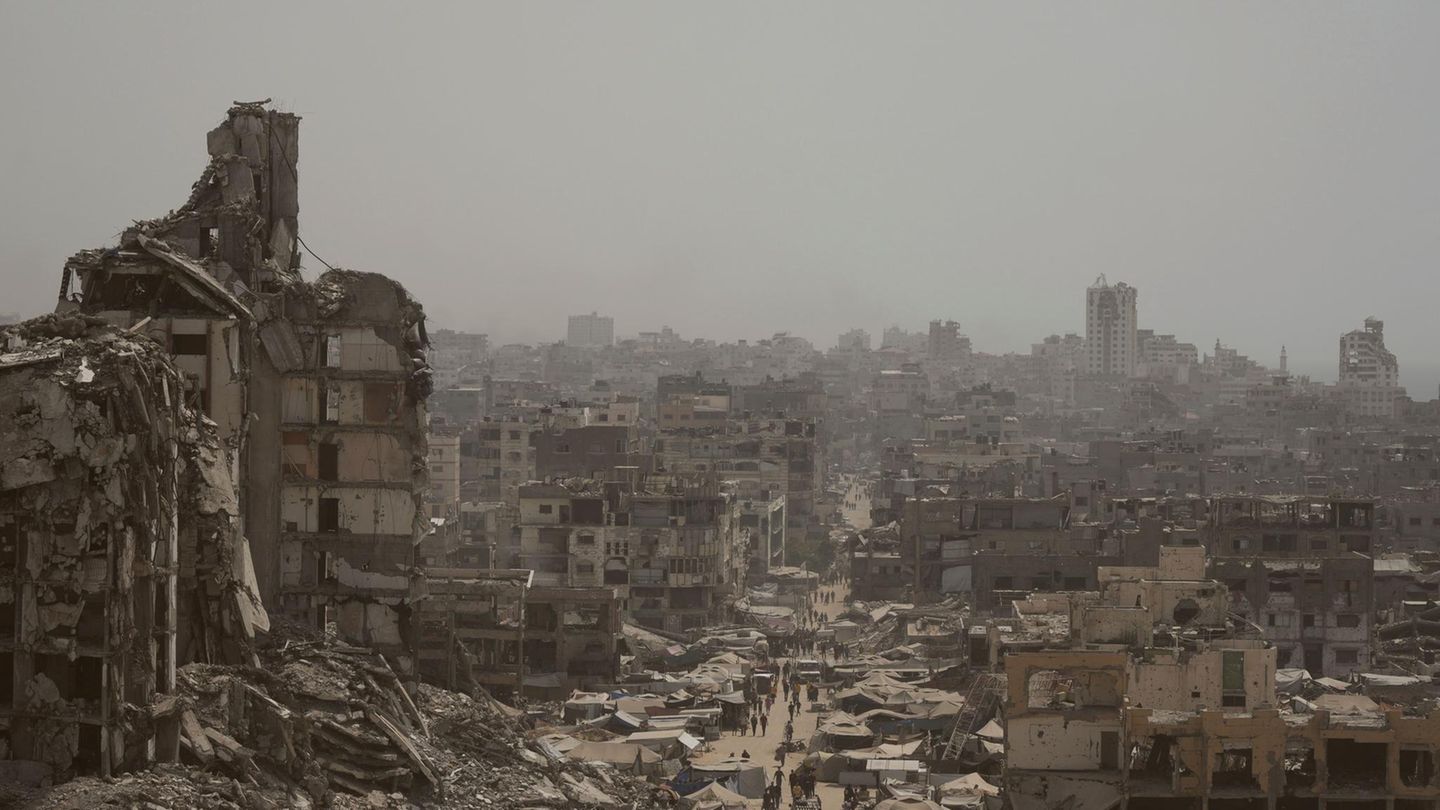He Advance of the sea continues to erode the coasts of Paramaribo, capital of Surinamand has put those who live next to the water at risk. Among them is Gandat Sheinderpesada 56 -year -old farmer, who warned: “Every day that passes I see a piece of earth disappear”. This situation is part of the impact of climate change which affects the Dutch Ex -Polidonia, where the 68% of the population inhabits areas vulnerable to the increase in sea level, according to data from the Intergovernmental Group of Experts on Climate Change (IPCC).
The Minister of Public Works, Riad NurmohamedHe confirmed: “Erosion has been a problem in Surinam for many years.” From his office, he marked on a map the raised dikes throughout the 380 kilometers of coast from the country, where some live 600,000 people.
In the mouth of the South River, where its brown waters merge with those of the Atlantic Ocean, the island of Braamspunttoday turned into a narrow language of earth. “Due to erosion, now it looks like an island,” he explained Marleen Stoffelenspokeswoman World Wide Fund for Nature (WWF) In the Guyanas. It is also the last shelter for sea turtles that still spawn.
Riad Nurmohamed.jpg
Riad Nurmohamed, Minister of Public Works of Surinam.
Suriname News
For years, Kiran Soekhoe Balrampersadtourist guide, leads visitors to observe lute and green turtles in full night setting. However, he acknowledged that time is exhausted: “Maybe next year, one more season,” he reflected with regret. “But after that, no more beaches.”
The Government acknowledged that The situation worsened drastically. “Erosion accelerated so quickly that in 2020 the alarm had to be given,” he explained Nurmohamed. The areas near Paramaribo were the most exposed. “There are only one kilometer of mangroves, unlike other regions with up to 20 kilometers, which makes them very sensitive areas.”
Efforts to stop the emergency
In 2019, The authorities began a restoration plan of mangroves. However, at several points the results were not expected. “In the last two or three years, water has penetrated strongly into the mangroves, which were destroyed,” admitted the minister.
Given this urgency, in 2024 the immediate construction of a dike was launched to avoid further floods. The researcher Sienwnath Naqalof the Anton de Kom Universityled the plant replantation projects. He explained that many areas lost their natural barriers due to agricultural progress. “Many mangroves have been removed here,” he said.
The dredging at the entrance of the Paramaribo estuary It also intensified the loss of sediments. In the vicinity, hundreds of planted trees have their roots exposed. The waves, increasingly aggressive, have dragged the ground.
One of the points where the experiment failed was the land that Antonio GuterresUN Secretary General, visited in August 2022 to sow mangroves. That land belongs to Sheinderpesadwho acknowledged: “I no longer have a job.” He claimed to have lost the 95% of their lands. His house is a few meters from the water. “When the dike is built, I’ll be a little safer. How long, I don’t know,” he said.
The emergency budget and future projections
Next to him, Naqal He expressed his frustration: “I did my best with nature -based solutions.” Although these approaches were effective in other places, he warned: “Today the question is how to defend Paramaribo.” Despite the setbacks, he hoped that the measures taken in Surinam will serve as an example for the rest of the world.
The government calculated that 4.5 kilometers of dike necessary will cost some 11 million dollars. “It is urgent, it will be done with own funds,” he said Nurmohamed. “If we wait for donors, construction will take years. We don’t have time; we will flood.”
With the expectation of starting to generate income from Offshore oil exploitation from 2028the country knows that investment cannot wait. “I don’t know where we will get the funds to modernize all the dikes,” warned the official. “It is a huge amount, a colossal investment, and it is a problem that we have to address already.”
Source: Ambito




